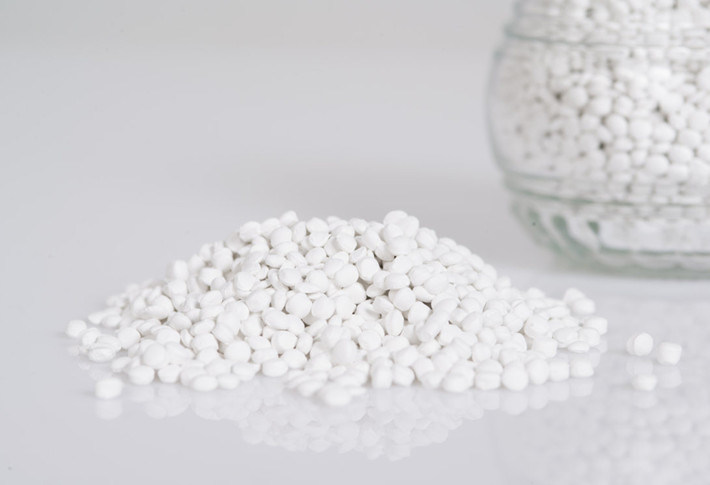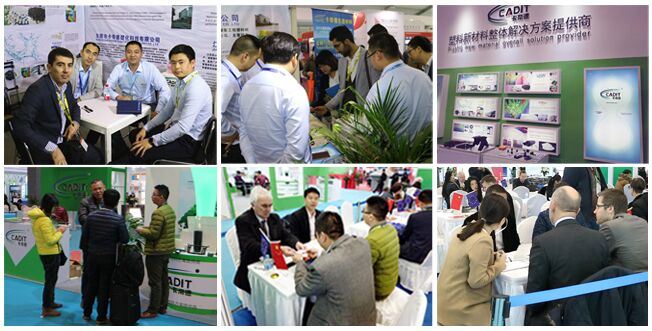
Grade:
1. Blow molding grade
2. Injection molding grade
3. Film grade
4. Extrusion grade
PP specifications
| Item | Unit | Test Methods | Typical Values |
| Melt flow rate | g/10min | ISO 1133 | 12 |
| Tensile modulus of elasticity(v=1mm/min) | Mpa | ISO 527-2 | 1550 |
| Tensile yield at stress(v=50mm/min) | Mpa | ISO 527-2 | 35 |
| Tensile yield at strain (v=50mm/min) | % | ISO 527-2 | 8 |
| Tensile strain at break (v=50mm/min) | % | ISO 527-2 | >50 |
| Charpy impact strength unnotched(+23°C) | kJ/m2 | ISO 179/1eU | 110 |
| Charpy impact strength notched(+23°C) | kJ/m2 | ISO 179/1eA | 3 |
| Melting point,DSC | °C | ISO 3146 | 163 |
| Heat deflection temperature (0.45Mpa) | °C | ISO 75-2 | 85 |
| Vicat softening temperature  VST/A50(10N) | °C | ISO 306 | 154 |
| Density | g/cm3 | ISOÂ 1183 | 0.91 |
Advantages
Good tensile properties
Highly puncture-resistant, flexible and soft
With excellent film thickness deviation
High planeness of bags made by it
Environmntal friendly
Company information
Kadide Plastic Group is the largest and most professional manufacturer which specialized in modified engineering plastic, masterbatch, functional masterbatch, plastic additives and thermoplastic elastomer in China. The major production bases are founded in both eastern China and southern China.
Kadide has long-term commitment to independent research and development of various high performance new materials and new multifunctional plastic masterbatch, especially in PET modification,PA modification and PC/ABS alloy with global advanced technologies.
Kadide, all-round plastic materials modification expert.

Our team in Exhibition

Our main products
| Plastic raw material | Color masrerbatches | Filler masrerbatches | Modified masterbatches | Engineering plastics | Thermoplastic elastomer |
| PP | Black masrerbatch | Baso4 filler masterbatch | Flame retardent PC | ASA | TPE |
| PE | White masrerbatch | Caco3 filler masterbatch | PC/ABS, PC/GF | PBT | TPU |
| PA | Color masrerbatch | Talc filler masterbatch | Toughening masterbatch | MPPE | TPR |
| PC | ... | ... | Anti static masterbatch | ABS | TPV |
| ... | ... | ... | Delustering masterbatch | HIPS | TPEE |
FAQ
Q1. How to order masterbatch?
Step 1:Â Confirm the carrier. The carrier of masterbatch must be the same with the material.
Step 2:Â Confirm the color. There are two ways:
a) Give a sample to us. We will make a same sample to you to confirm the color.
b) If you have no special requirement of the color, can tell us the color number (eg.Pantone), we will produce sample according to the color number and confirm with you. After confrimed the sample, we will produce th order.
Q2Â How to use masterbatch?
A:Simple for using, just mix up with the resin granules according to the proportion under appropriate temperature.
Q3Â The difference between the general use and the special purpose masterbatches?
(1) Special purpose masterbatch: used as the same material as carrier. For example, ABS products often use masterbasches based on ABS.
(2) General use masterbatch: Use one resin as carrier, but also can be used for coloring other resins.
Q4 Does the masterbatch need to be dried before use?
A:In general it can be used directly except ABS and some special masterbatches mentioned, which should be dried according to common method.
Q5 Does the masterbatches influence the property of products?
A:Some pigments have effect on flame resistance. If used for flame resistance products should be mentioned as first.
Aluminium foil (or Aluminum Foil), often referred to with the misnomer tin foil, is aluminium prepared in thinmetal leaves with a thickness less than 0.2 mm (7.9 mils); thinner gauges down to 6 micrometres (0.24 mils) are also commonly used.
Aluminium foil is produced by rolling sheet ingots cast from molten billet aluminium, then re-rolling on sheet and foil rolling mills to the desired thickness, or by continuously casting and cold rolling. To maintain a constant thickness in aluminium foil production, beta radiation is passed through the foil to a sensor on the other side. If the intensity becomes too high, then the rollers adjust, increasing the thickness. If the intensities become too low and the foil has become too thick, the rollers apply more pressure, causing the foil to be made thinner.
Aluminium is used for packaging as it is highly malleable and can be easily converted to thin sheets and can be easily folded, rolled and packed.it is also used broadly in food and pharmaceutical packaging. The purpose of aluminium is to make long-life packs (aseptic packaging) for drinks and dairy goods, which allows storing without refrigeration. Aluminium foil containers and trays are used to bake pies and to pack takeaway meals, ready snacks and long life pet foods.
Aluminum Foil
Aluminum Foil 8011,Aluminum Jumbo Roll Foil,Aluminum Household Foil,Laminates Aluminum Foil
Henan Everwin Trade Co., Ltd. , http://www.ewaluminium.com